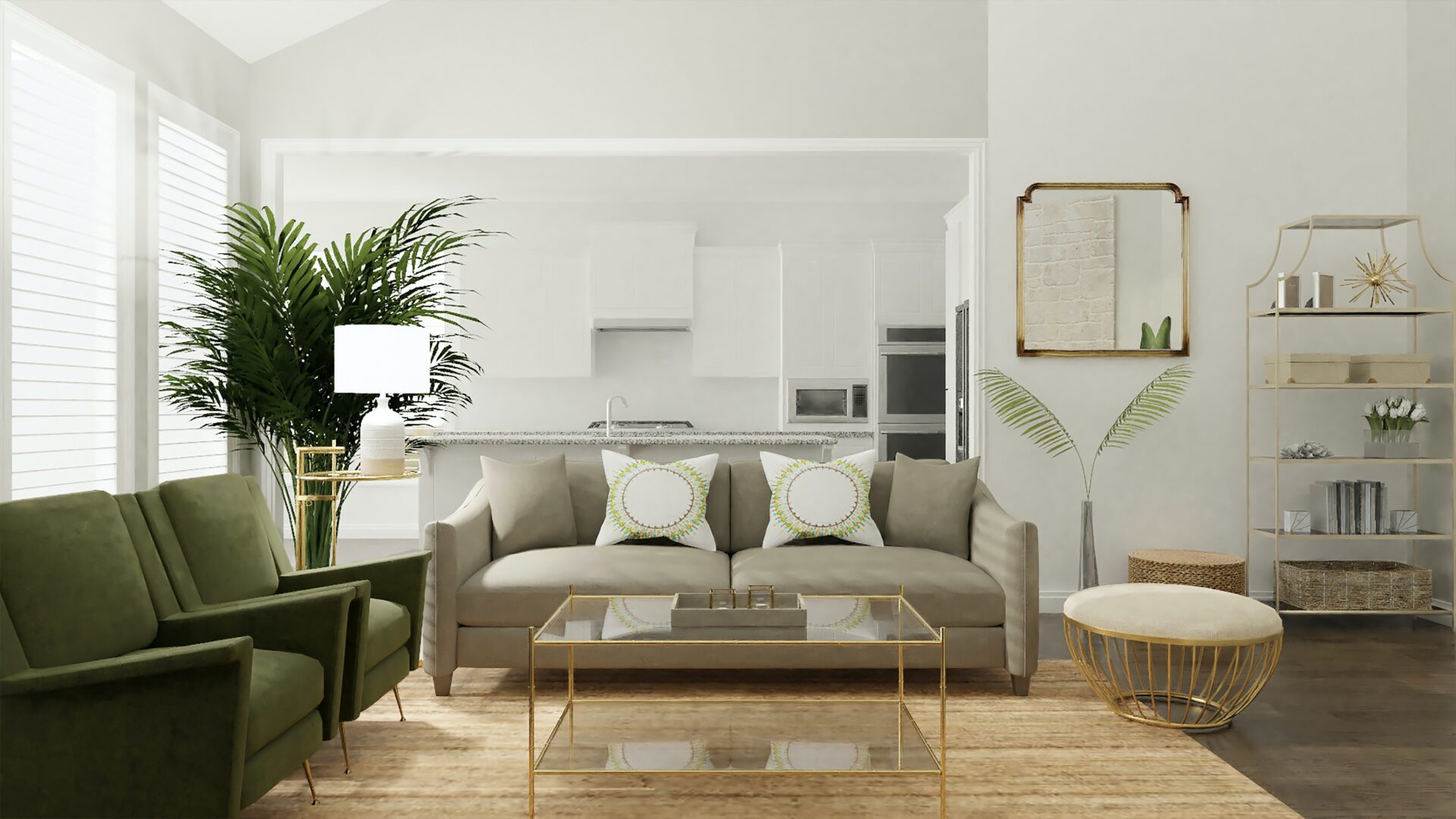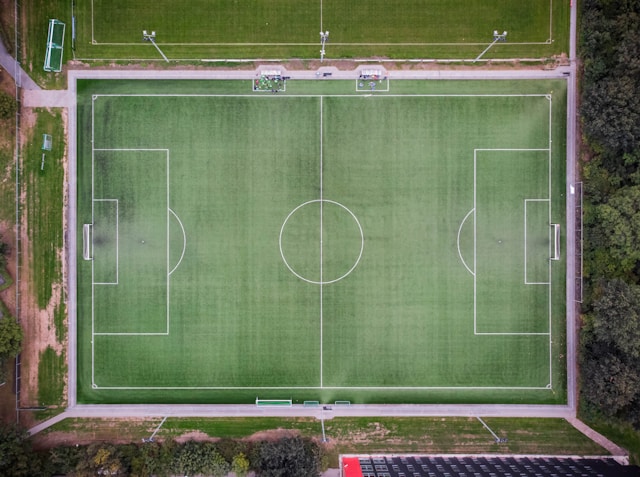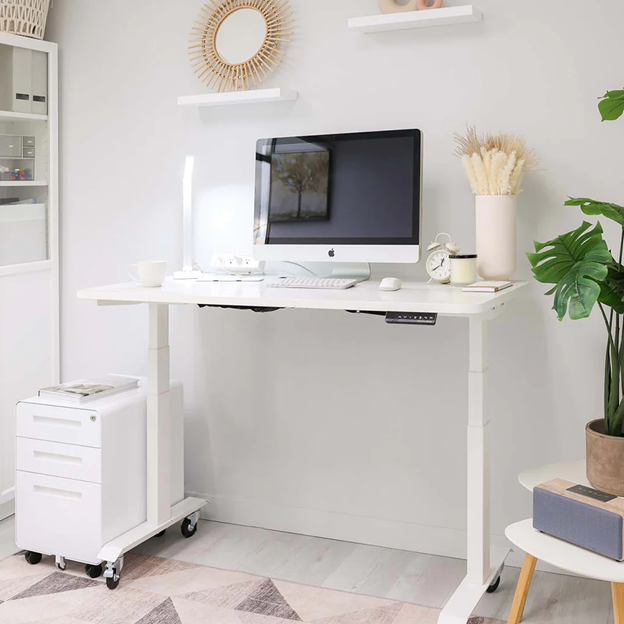In this comprehensive blog, we’ll explore the profound impact of lighting on interior design and uncover the strategies that can transform your living spaces into captivating and functional havens. From the science of illumination to the art of mood-setting, this guide will equip you with the knowledge to create the perfect ambiance in your home.
The Importance of Lighting in Interior Design
Lighting is a fundamental element of interior design, influencing the overall aesthetic, functionality, and mood of a space. It can accentuate architectural features, highlight specific areas, and create a sense of depth and dimension. By carefully considering the role of lighting, interior designers can elevate the entire design experience.
The Psychological Impact of Lighting
Lighting has a profound impact on our psychological well-being. Proper illumination can enhance mood, productivity, and overall emotional state. Bright, energizing lights can boost alertness, while soft, warm lighting can create a cozy and relaxing atmosphere.
The Practical Benefits of Lighting
Beyond its aesthetic and psychological effects, lighting also serves practical purposes in interior design. Proper illumination can improve task visibility, enhance safety, and contribute to the efficient use of a space. From task lighting for workstations to ambient lighting for relaxation, the right lighting can transform a room’s functionality.
Lighting Techniques and Strategies
Mastering the art of lighting design requires a deep understanding of various techniques and strategies. By leveraging these approaches, interior designers can create captivating and visually appealing spaces.
Layered Lighting
Layered lighting involves the strategic placement of different light sources to create depth and dimension. This technique combines ambient, task, and accent lighting to provide a well-rounded and visually interesting illumination experience.
Mood Lighting
Mood lighting is the art of using light to set the desired ambiance in a space. By carefully selecting the color temperature, intensity, and placement of light sources, interior designers can evoke specific emotions and experiences.
Natural Lighting Integration
Incorporating natural light into interior design can have a transformative effect. By maximizing the use of windows, skylights, and other natural light sources, designers can create a sense of openness, brightness, and connection to the outdoors.
Lighting Trends and Innovations
The world of interior design is constantly evolving, and lighting is no exception. Keeping up with the latest trends and innovations can help interior designers stay ahead of the curve and create truly cutting-edge spaces.
Smart Lighting Technology
The rise of smart home technology has revolutionized the way we approach lighting in interior design. Intelligent lighting systems offer advanced features like remote control, automation, and customizable settings, enabling homeowners to personalize their lighting experiences.
Sustainable Lighting Solutions
As environmental consciousness continues to grow, sustainable lighting solutions have become increasingly popular in the world of interior design. Energy-efficient LED lights, solar-powered fixtures, and eco-friendly materials are just a few examples of the innovative approaches that are transforming the way we light our homes.
Practical Considerations for Lighting Design
Implementing effective lighting in interior design requires a careful consideration of various practical factors. By addressing these elements, designers can ensure the optimal performance and integration of lighting within a space.
Lighting Placement and Zoning
Strategically placing and zoning lighting sources is crucial for achieving the desired ambiance and functionality. Interior designers must consider factors like room size, furniture placement, and task-specific needs to ensure the most efficient and visually appealing lighting layout.
Lighting Fixtures and Accessories
The selection of lighting fixtures and accessories can significantly impact the overall aesthetic and performance of a space. From statement chandeliers to understated sconces, each lighting element plays a role in creating a cohesive and visually stunning interior design.
Case Studies: Lighting Transformations
To further illustrate the power of lighting in interior design, let’s explore a few real-world case studies that showcase the dramatic transformations achieved through strategic lighting solutions.
Residential Lighting Transformation
In a recent project, the Interior x Design team transformed a dark and uninviting living room into a warm and inviting space by implementing a layered lighting approach. The integration of ambient, task, and accent lighting created a captivating and functional environment that enhanced the room’s overall aesthetic and user experience.
Commercial Lighting Transformation
The Interior x Design team was tasked with redesigning the lighting in a corporate office to foster a more productive and collaborative work environment. By incorporating natural light, strategic task lighting, and adjustable mood lighting, the team was able to create a space that promotes focus, creativity, and employee well-being.
Hire Interior x Design for Lighting Design Expertise
When it comes to the transformative power of lighting in interior design, the team at Interior x Design are true experts. With their deep understanding of lighting principles, cutting-edge techniques, and a keen eye for design, they can help you elevate your living or work spaces with strategic and visually stunning lighting solutions. Contact Interior x Design today to explore how their lighting design expertise can unlock the full potential of your space and create an environment that inspires, captivates, and enhances your daily life.











